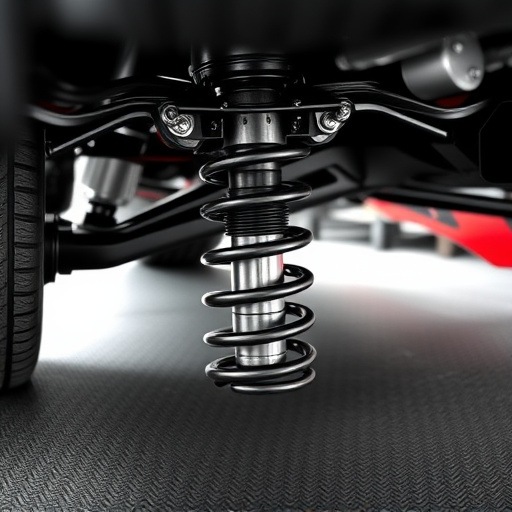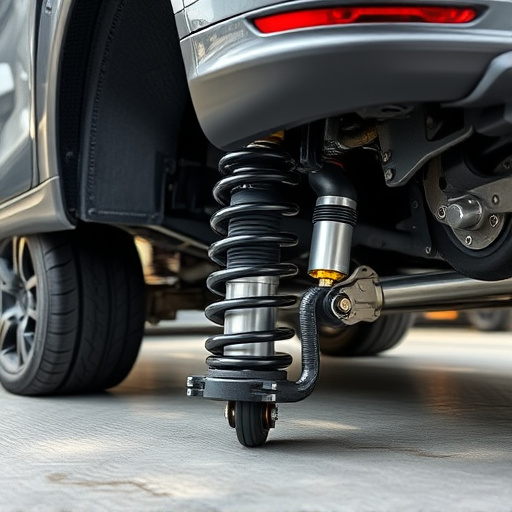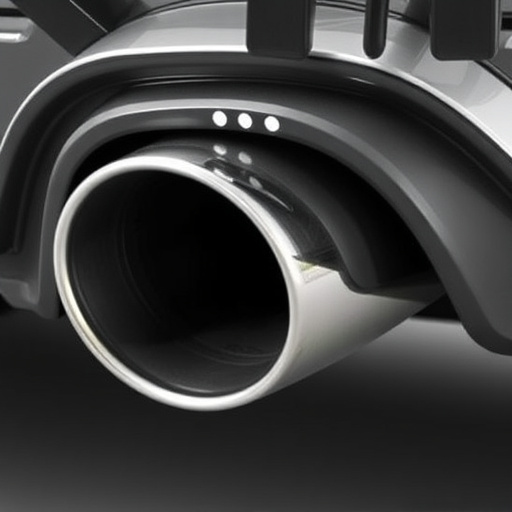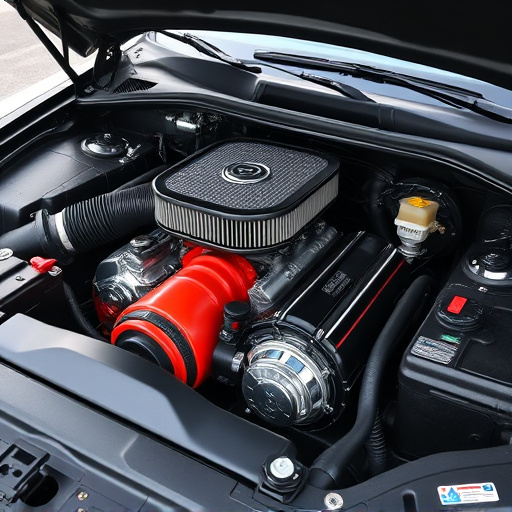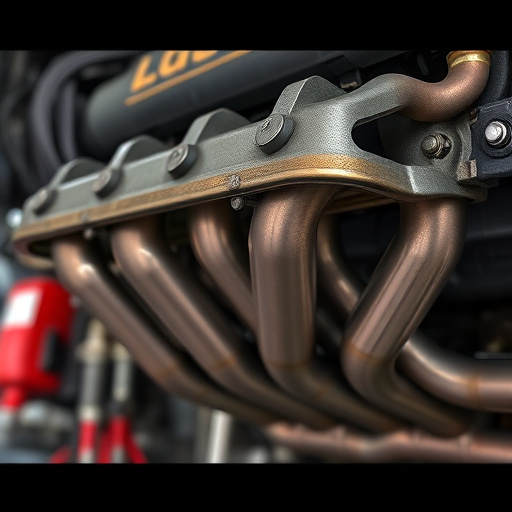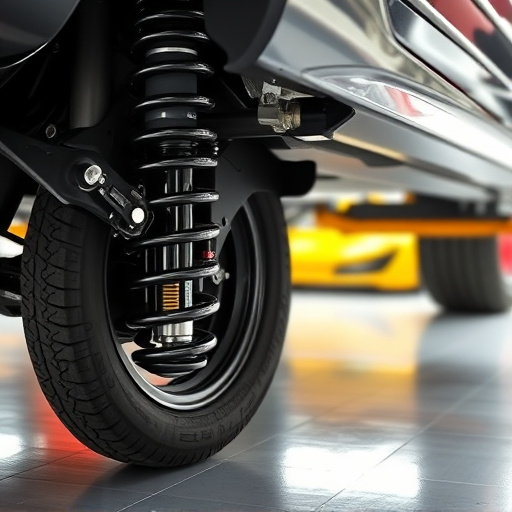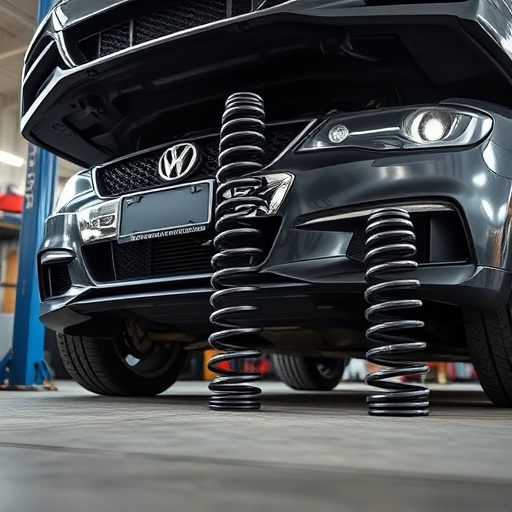Adjustable suspension systems offer vehicle owners unparalleled customization, allowing them to tailor ride characteristics for diverse road conditions and personal preferences. Key components like adjustable coilover kits replace stock shocks and springs, providing precise control over wheel movement and vehicle stance. Versatility is especially beneficial when transitioning between terrains, enabling fine-tuning for reduced body roll, a softer ride, or enhanced stability based on driving conditions and preferences. Calibration requires understanding terrain impacts on vehicle dynamics, adjusting spring rates, damping levels, and anti-roll bar tension accordingly. This ensures optimal performance, safety, and enjoyment across diverse road conditions, maximizing both driving pleasure and component longevity.
Calibrating and adjusting your vehicle’s adjustable suspension is key to maximizing performance and safety across varying road conditions. This guide delves into the intricacies of understanding adjustable suspension systems, mastering calibration techniques tailored to different terrains, and fine-tuning your settings for optimal handling. Whether navigating treacherous terrain or cruising on smooth highways, these steps ensure your suspension works harmoniously with the road, enhancing both control and comfort.
- Understanding Adjustable Suspension Systems
- Calibration Techniques for Different Road Conditions
- Adjusting Your Suspension for Optimal Performance and Safety
Understanding Adjustable Suspension Systems
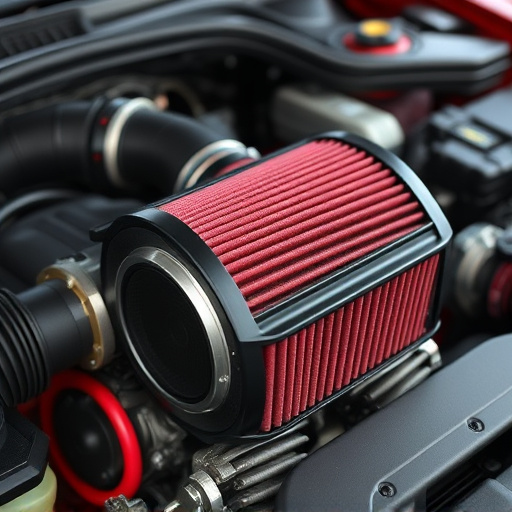
Adjustable suspension systems offer a unique advantage to vehicle owners by providing the ability to customize the ride characteristics according to various road conditions and personal preferences. Unlike fixed suspension setups, these systems allow for fine-tuning elements like spring rates, damping, and height, enabling drivers to adapt their vehicles for better handling, comfort, or performance. The versatility comes from components such as adjustable coilover kits, which replace stock shocks and springs, offering precise control over wheel movement and vehicle stance.
These systems are particularly beneficial when navigating different terrains, from rough off-road paths to smooth city streets. For example, lowering the suspension with a set of adjustable coilover kits can reduce body roll in corners, enhancing cornering precision. Alternatively, adjusting damping settings can soften the ride for comfort during long drives or on bumpy roads, while also maintaining control and stability when driving aggressively. Additionally, certain exhaust systems and muffler tips, though not directly part of the suspension, can be tailored to complement these adjustments, further enhancing the overall driving experience.
Calibration Techniques for Different Road Conditions
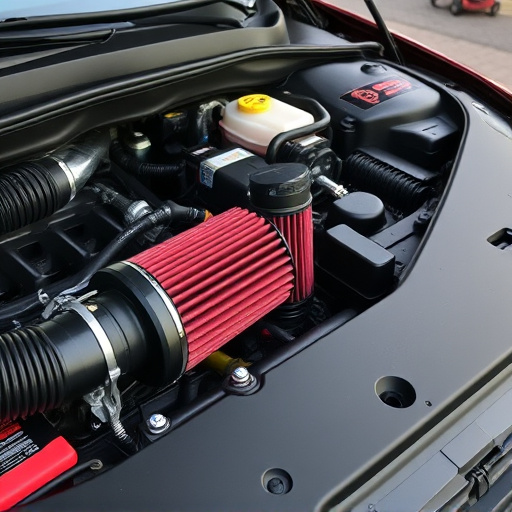
When calibrating your adjustable suspension for different road conditions, understanding how various terrains affect vehicle dynamics is key. For example, off-road trails demand a softer setup for better shock absorption and increased ground clearance, while smooth city streets require firmer springs and dampers for precise handling and reduced body roll.
Techniques like adjusting spring rates, damping levels, and anti-roll bar tension can be fine-tuned accordingly. Consider the impact of road surface textures; rough terrain needs more give, whereas paved roads benefit from a stiffer configuration to maintain control. Additionally, factors such as vehicle weight and intended use (e.g., daily driver vs. track car) play significant roles in selecting the optimal suspension settings, ensuring both safety and performance brakes are engaged during braking events, and a cat-back exhaust system enhances engine note without compromising structural integrity for varied road conditions.
Adjusting Your Suspension for Optimal Performance and Safety
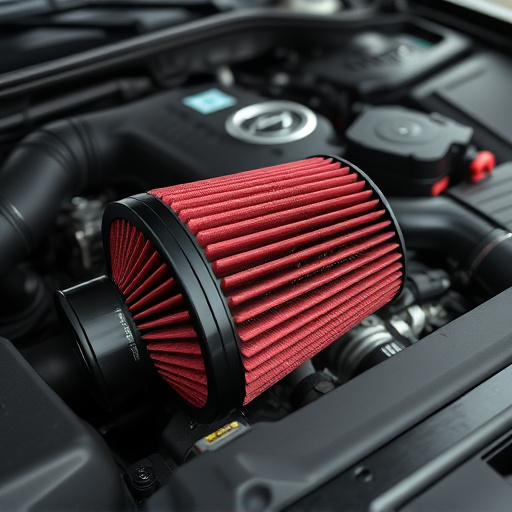
When driving on varying road conditions, adjusting your suspension is key to achieving optimal performance and safety. An adjustable suspension allows drivers to fine-tune their vehicle’s setup based on factors like terrain, speed, and weather. For example, lowering the ride height can improve cornering by reducing body roll, beneficial for both off-road adventures and track days. Similarly, adjusting spring rates and dampers can significantly impact handling, ensuring a smoother ride while enhancing control.
These adjustments are especially important when considering the role of suspension components in overall vehicle dynamics. Proper setup can not only enhance driving pleasure but also contribute to better traction and reduced wear on tires, exhaust systems, and other parts. Remember, the goal is to tailor your suspension for the specific road conditions you frequently encounter, ensuring a safer and more enjoyable driving experience.
Understanding and mastering your vehicle’s adjustable suspension system is key to enhancing performance and safety across various road conditions. By calibrating your suspension according to terrain, you ensure a smoother ride, better grip, and improved handling. Whether navigating treacherous off-road trails or cruising on smooth highways, the ability to adjust your suspension gives you the edge in control and stability. Implement these calibration techniques for optimal results, enabling your vehicle to adapt and excel in any driving environment.








